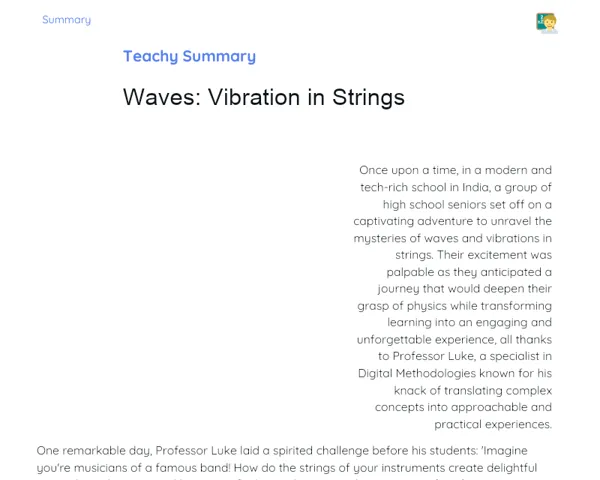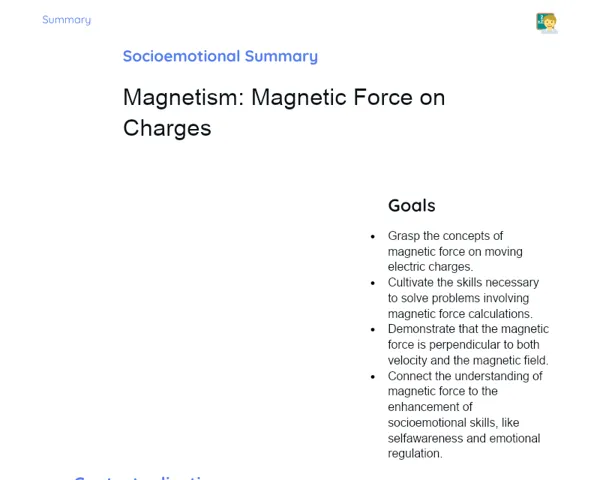Goals
1. Understand the connection between kinetic energy and the work done by a force.
2. Solve practical problems that involve calculations of forces, displacements, and velocities using the concepts of work and kinetic energy.
Contextualization
Kinetic energy refers to the energy that an object has due to its motion, while work measures the energy transferred to an object when a force is applied over a distance. These concepts are vital to various practical applications, including the functioning of vehicles, industrial equipment, and even sports. For instance, grasping how kinetic energy converts into work can help in enhancing engine performance and boosting energy efficiency across different industries. In motorsport, like Formula 1, engineers strive to maximize the conversion of fuel energy into kinetic energy for achieving higher speeds. Such understanding is essential for developing more efficient and eco-friendly technologies.
Subject Relevance
To Remember!
Kinetic Energy
Kinetic energy is the energy that an object holds because of its motion. It is influenced by both the mass of the object and its speed. The formula for calculating kinetic energy is KE = 1/2 * m * v², where 'm' represents mass and 'v' denotes velocity.
-
Kinetic energy rises with the square of the speed; for example, if an object's speed doubles, its kinetic energy increases fourfold.
-
Kinetic energy is always positive since it is related to motion.
-
In real-life scenarios, like a car in motion, kinetic energy is responsible for the effort needed to halt the vehicle.
Work
Work quantifies the energy transferred to or from an object when a force acts over a distance. The formula for calculating work is W = F * d * cos(θ), where 'F' is the force, 'd' is displacement, and 'θ' is the angle between the force and the displacement.
-
Work can be both positive and negative, depending on how the direction of the force relates to the displacement.
-
Work serves as a means to transfer energy from one system to another.
-
In practical scenarios like lifting an object, the work done by the applied force converts into potential energy.
Relationship between Kinetic Energy and Work
Kinetic energy and work are closely connected through the Work-Energy Theorem, which states that the total work done on an object is equivalent to the change in its kinetic energy. This implies that when work is done on an object, its kinetic energy is modified.
-
If work done on an object is positive, its kinetic energy will increase.
-
If work done on an object is negative, its kinetic energy decreases.
-
Understanding this concept is key to comprehending how forces acting on moving objects can alter their speed.
Practical Applications
-
In the making of electric vehicles, understanding the link between kinetic energy and work is important for optimizing energy efficiency and extending vehicle range.
-
In amusement parks, kinetic energy is harnessed to ensure roller coasters have the required speed and force for an exciting yet safe ride.
-
In vehicle safety engineering, studying kinetic energy and work is vital for designing effective braking systems that can stop vehicles in shorter distances.
Key Terms
-
Kinetic Energy: The energy an object has due to its motion, calculated as 1/2 * m * v².
-
Work: A measure of energy transferred to or from an object when a force acts over a distance, calculated as F * d * cos(θ).
-
Work-Energy Theorem: The concept that the total work done on an object equals the change in its kinetic energy.
Questions for Reflections
-
How can a better understanding of the relationship between kinetic energy and work help improve energy efficiency in vehicles?
-
What is the importance of considering kinetic energy and work in vehicle safety engineering?
-
In what ways can the concept of work be used to develop sustainable solutions across various industrial sectors?
Practical Challenge: Calculating the Efficiency of the Catapult
This mini-challenge aims to reinforce your understanding of kinetic energy and work by analyzing the efficiency of the catapult built in class.
Instructions
-
Measure the distance the cotton ball travelled when launched by the catapult.
-
Calculate the kinetic energy of the cotton ball at launch, using the formula KE = 1/2 * m * v² (taking into account the mass of the ball and the initial velocity determined from the distance and flight time).
-
Determine the work done by the elastic bands of the catapult, factoring in the force applied and the distance.
-
Compare the values of kinetic energy and work to evaluate the efficiency of the catapult. Discuss any potential energy losses (like friction and air resistance) that might have occurred.
-
Document your calculations and observations in a concise report.



